今月, Planet Classroom Network audiences can screen Net Zero Speaks with Crispin Hemson, Protect our Planet と Planet Classroom によってキュレーションされました.
South Africa produces more than 255 million tons of coal and consumes nearly three-quarters of it domestically, making it the 7th largest producer and consumer of coal in the world. During negotiations leading up to the COP26 Glasgow Conference, South Africa and its partner countries agreed on a $8.5 billion package to accelerate autonomy from coal and deployment of renewable energy.
Net Zero’s climate activist Mphathesithe Mkhize sat down with environmental educator and thought leader Crispin Hemson, who heads up the Friends of the Pigeon Valley initiative, to explore South Africa’s progress to date. How far have they come? What needs to be done to achieve the commitments made?
Mphathesithe, ようこそ. Why did you select Crispin Hemson for your Net Zero interview? What inspired you about him?
Mr Hemson has been working on environmental issues for quite some time. そのビヨンド, he has led youth programs which have mainly been focused on climate action. That is the reason that I decided to interview him and explore his perspectives on how South Africa will achieve net zero emissions.
What surprised you most about your Net Zero interview?
He’s very concerned about the reliance on coal in South Africa. It’s both an economic and an environmental problem. South Africa is one of the world’s greatest polluters because of its reliance on coal. Coal powered stations have been very expensive to build yet they have not provided sufficient energy for the country. In addition, the emissions from this form of energy are damaging our environment.
What are your 3 インタビューから Net Zero 視聴者に得られた主なポイント?
My first takeaway is that we need to stand up and ensure that we contribute to the mitigation of the emissions problem so we can meet our net zero targets for the planet.
第2, even though it’s recognized that renewables are going to be much cheaper, we still have to develop a critical mass so that our society wants to make the switch from how we are living now to the alternative technologies that bring better compromises. Public education is key to getting this done.
My final takeaway is that young leaders are the future in terms of striving for a net zero planet. There needs to be more support across the globe for young people who are contributing to the betterment of this world in their different areas of interest.
Thank you Mphathesithe!
C.M. Rubin and Mphathesithe Mkhize
お見逃しなく Net Zero Speaks with Crispin Hemson, 現在、Planet ClassroomNetworkで上映中. This film was curated for the Planet Classroom Network by Protect our Planet and Planet Classroom.


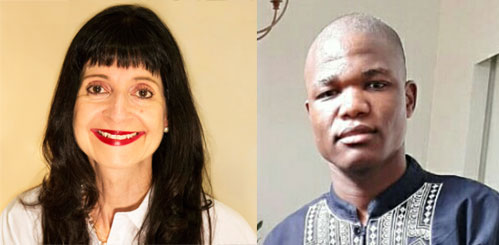
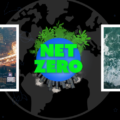
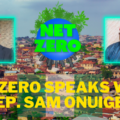
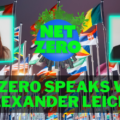
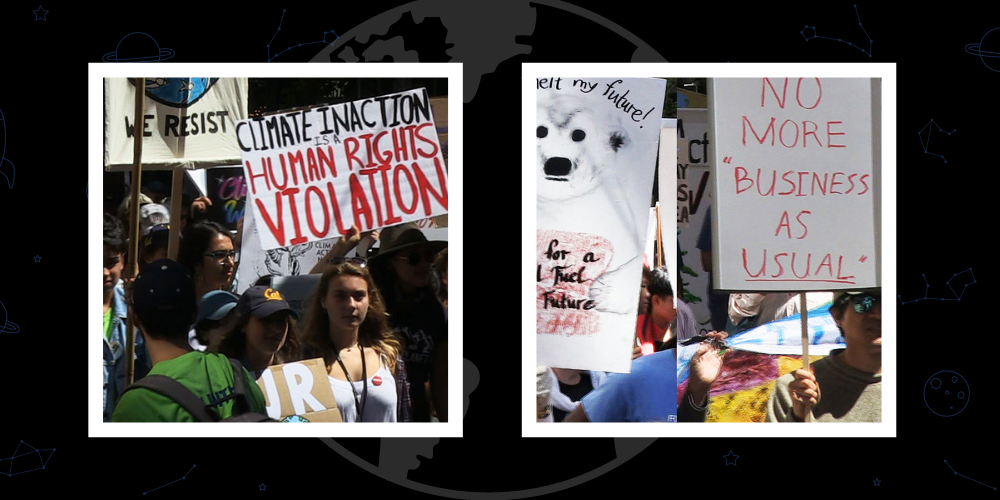
最近のコメント